Les Young Researcher Fellows EGFR
 Camille Schreck
Camille Schreck Nominé par le comité (2024)
Camille Schreck occupies an Inria Starting Faculty Position (ISPF) at INRIA Grand-Est in the MFX team (Matter from Graphics) since 2020. His research interests focus on physical simulation and modeling natural phenomena. He obtained his PhD degree in 2016 from the University of Grenoble-Alpes under the supervision of Stefanie Hahmann and Damien Rohmer. He got an engineering degree in 2013 from the school ENSIMAG (Grenoble INP) of Grenoble. Before joining INRIA, he did a postdoc at IST Austria in Chris Wojtan Group. He served in the program committees of international conferences SMI, Pacific Graphics, Eurographics short papers, Siggraph Asia Technical Communications and Posters.
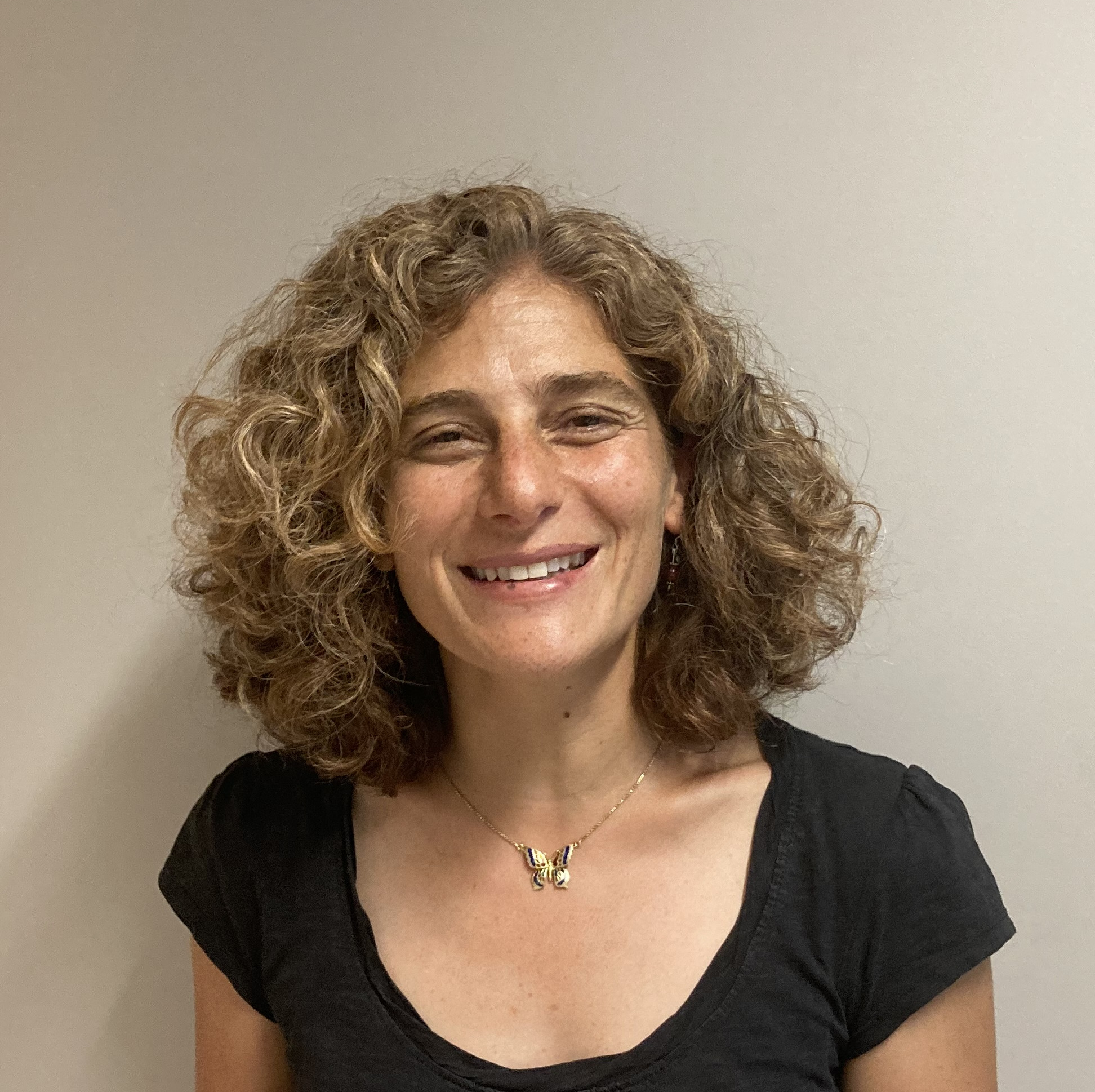 Noura Faraj
Noura Faraj Nominée par le comité (2023)
Noura Faraj is an Associate Professor in Computer Graphics at the Université de Montpellier where she joined the ICAR team of the LIRMM in September 2018. She completed her PhD on Modeling, Visualization and Interaction with 3D Volumes using Meshes in 2013 in the Computer Graphics Group of Telecom ParisTech under the supervision of Tamy Boubekeur and Isabelle Bloch. Her current research work addresses how to model, interact with and visualize interactively large structured volume datasets with a keen interest in medical and biological applications. Her work is at the intersection of variety of topics related to computer graphics and visualization.
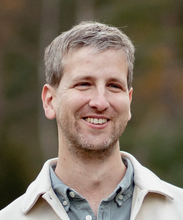 Jonàs Martínez
Jonàs Martínez Nominé par le comité (2022)
Jonàs Martínez is a permanent researcher at INRIA and a member of the MFX team (Matter from Graphics). He received a Ph.D. degree from Universitat Politècnica de Catalunya in 2013 and was subsequently awarded an ERCIM postdoctoral fellowship to pursue his research at INRIA. His current recent research lies at the intersection between additive manufacturing, computational geometry, and computer graphics, with an emphasis on the study of small-scale random structures.
 Romain Vergne
Romain Vergne Nominé par le comité (2021)
Romain Vergne is associate professor at the University of Grenoble Alpes (UGA), member of the Jean Kunztmann Laboratory (LJK) and part of the Maverick Inria research team since 2012. He received his PhD in 2010 at the University of Bordeaux where he worked on novel expressive rendering techniques to better depict 3D object shapes through shading and lines. He then moved in the psychological department of the Justus Liebig University of Giessen (Germany) to study color constancy and shape perception with K. R. Gegenfurtner and R. FLeming until 2012. His current research interests focus on designing intuitive and predictive appearance models to create or edit relevant perceptual cues in 2D images or 3D scenes. He is co-responsible of the GT-Rendu since 2017 and has served in program committees of national and international conferences (AFIG, SIBGRAPPI, EGSR).
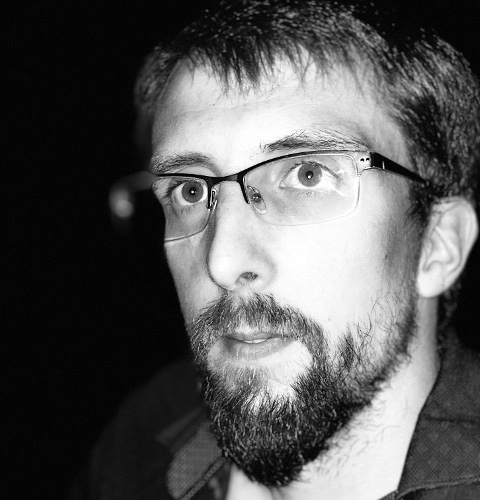 Nicolas Mellado
Nicolas Mellado Nominé par le comité (2020)
Nicolas Mellado is a CNRS researcher working at the IRIT laboratory since 2015. He received is PhD in 2012 at the University of Bordeaux/Inria, and was post-doctoral researcher at University College London and at the University of Toulouse. He is specially interested in point-based geometry processing and shape analysis. He is implicated in reproducible research: he is co-author of the replicability.graphics initiative, member of the program committee of the Graphics Replicability Stamp Initiative, and member of the Scientific Committee of the Workshop on Reproducible Research in Pattern Recognition since 2016. He serves in the program committees of international conferences SMI, CASA and EurasiaGraphics. He is member of the of the Eurographics French Chapter Administration Committee since 2018.
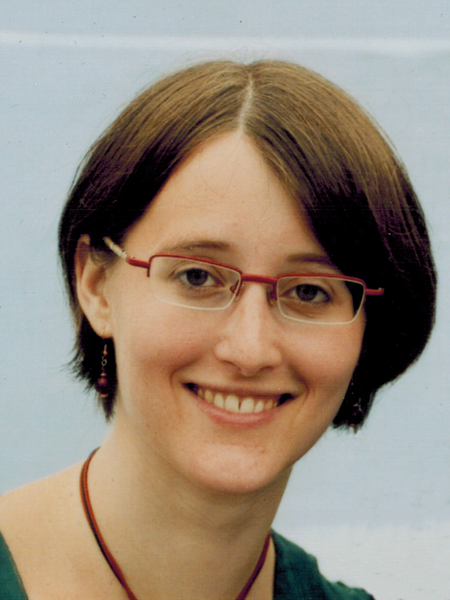 Julie Digne
Julie DigneNominée par le CA (2020)
Julie Digne is a CNRS researcher specialized in geometry processing and shape analysis, in particular when the surfaces are represented as point clouds. This includes surface denoising, mesh reconstruction and machine learning approaches for geometric data. She started working on those topics during her PhD (2007-2010) with Jean-Michel Morel at ENS Cachan, for which she received a PhD award from the Fondation Hadamard. She pursued on these topics at INRIA Sophia Antipolis (Geometrica team) with Pierre Alliez and colleagues from Caltech. In October 2012, she joined the LIRIS lab at Université Lyon 1. She defended her Habilitation à Diriger des Recherches in September 2018 at Université Lyon 1.
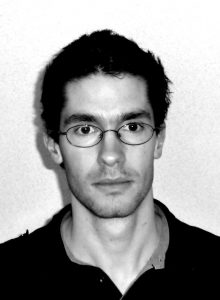 Adrien Peytavie
Adrien PeytavieNominé par le comité (2019)
Adrien Peytavie is associate professor at University Lyon 1 and member of the LIRIS laboratory. He defended his PhD on Procedural Generation of Worlds in 2010 and was recruited as Research Professor at University Lyon 1 in 2011. He currently teaches at the Institute of Technology of Lyon1 at Bourg-en-Bresse. In this context, he took on several responsibilities including the management of a Professional License for several years. His research focuses on the creation of complex virtual worlds including terrain, landscapes, and even cities. The main scientific obstacles dealt with the improvement of the realism of virtual scenes, the scaling up of scenes, and all methods rely on intuitive user control. He is also involved in national graphic computing associations. He has been an elected member of the French Association of Graphic Computing (AFIG) since 2013 and is an elected member of the Eurographics French Chapter Administration Committee since 2018.
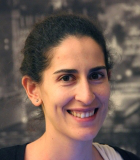 Mélina Skouras
Mélina SkourasJunior fellow EG (2019)
Mélina Skouras is a permanent researcher in the ANIMA (formerly IMAGINE) team team at Inria Grenoble, France, where she works on forward and inverse modeling of physical systems. Until October 2017, she was a postdoctoral associate at MIT where she worked with Prof. Wojciech Matusik on the computational design of meta-materials. Mélina obtained her PhD in 2014 from the Computer Graphics Laboratory of ETH Zurich, Switzerland, where she collaborated with Disney Research Zurich. Her thesis focused on the development of novel algorithms for the design of custom deformable objects. Mélina received her Master’s degree in Computer Science and Applied Mathematics from ENSIMAG, INP Grenoble, France, in 2004. Before starting her PhD, Mélina was a software developer at Dassault Systèmes, in the CATIA Geometric Modeler team.
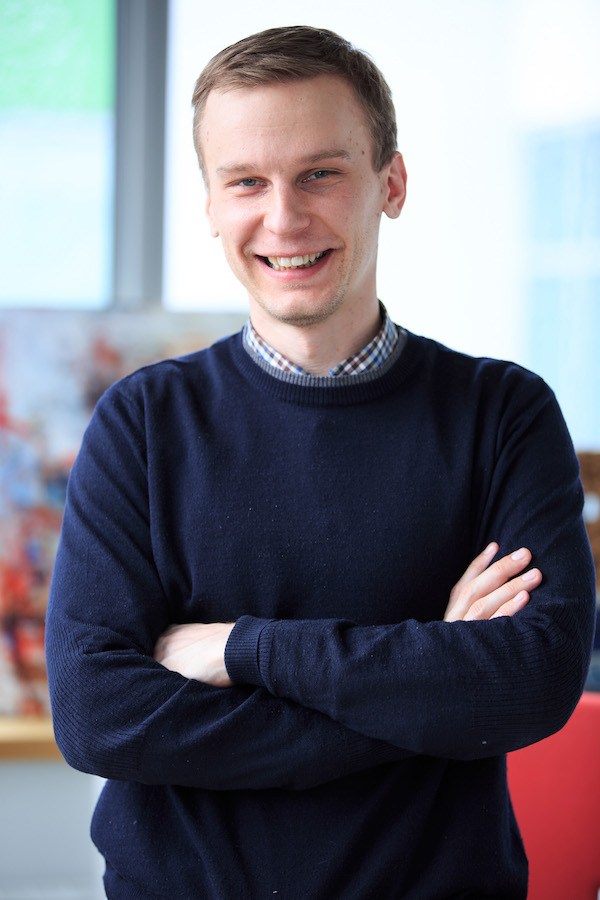 Maks Ovsjanikov
Maks OvsjanikovJunior fellow EG (2017)
Maks Ovsjanikov is a Professor at Ecole Polytechnique in France. He works on 3D shape analysis with emphasis on shape matching and correspondence. He has received a Eurographics Young Researcher Award in 2014 “in recognition of his outstanding contributions to theoretical foundations of non-rigid shape matching”. He has served on the technical program committees of international conferences including SIGGRAPH and SIGGRAPH Asia, as a member of the editorial board of Computer Graphics Forum and has co-chaired the Symposium on Geometry Processing in 2016. In 2017 he received an ERC Starting Grant from the European Commission and in 2018 he received the Bronze Medal from the French National Center for Scientific Research (CNRS) for research contributions in Computer Science.
Les comités
Animateurs : Eric Guérin et Loïc Barthe (2019-2024)
- 2024 : Adrien Bousseau, Jean-Michel Dischler, Damien Rohmer, Mélina Skouras
- 2023 : Adrien Bousseau, Damien Rohmer, Maud Marchal, Mélina Skouras
- 2022 : Adrien Bousseau, Maud Marchal, Damien Rohmer, Joëlle Thollot
- 2021 : Sylvain Lefebvre, Maud Marchal, Mélina Skouras, Joëlle Thollot
- 2020 : Gaël Guennebaud, Sylvain Lefebvre, Rémi Ronfard, Joëlle Thollot
- 2019 : Dominique Bechmann, Gaël Guennebaud, Sylvain Lefebvre, Rémi Ronfard
Young Researcher Fellows EGFR
Le Young Research Fellow d’Eurographics France (YFR EGFR) est un titre honorifique décerné annuellement par un jury à un jeune chercheur établi dans une institution française en reconnaissance de son excellence scientifique et de sa participation à la vie de la communauté d’informatique graphique française et internationale. A titre exceptionnel, le CA d’EGFR peut aussi directement décerner ce titre et il est automatiquement proposé aux Junior Fellows Eurographics.
Objectifs :
- Inciter des jeunes chercheurs à participer à l’animation de la communauté d’informatique graphique française et permettre au CA d’EGFR de bénéficier de leurs suggestions/idées.
- Faire connaître plus largement nos jeunes chercheurs prometteurs au niveau national.
- Faire bénéficier nos doctorants de leur expertise/experience.
- Faire participer ces jeunes chercheurs aux journées AFIG-EGFR.
- Permettre à ces jeunes chercheurs de se connaître.
Engagements d’un YRF EGFR nominé par le jury. Un candidat acceptant le titre l’année X s’engage à :
- Etre co-chair du prix du meilleur papier de l’année X.
- Donner une présentation aux journées AFIG-EGFR de l’année X.
- Participer en tant que membre invité au CA d’EGFR de l’année X.
- Etre co-chair du prix du meilleur papier de l’année X+1.
- Participer en tant que membre invité au CA d’EGFR de l’année X+1.
Gains pour le candidat :
- Une reconnaissance de sa production scientifique et de son implication dans la communauté informatique graphique française.
- Deux ans d’inscription offerts à Eurographics par EGFR.
Candidats et nominations :
- Les candidats doivent être autour de thèse+8 ans.
- Les candidats sont nominés/proposés par un sénior membre EG ou/et un membre du CA d’EGFR.
- Les membres du CA d’EGFR s’assurent d’avoir une bonne couverture nationale des unités de recherches pour envisager les nominations. Ils peuvent demander des propositions à des chercheurs ayant une vision large des membres en informatique graphique de leur laboratoire.
Sélection :
- Un YRF EGFR est décerné chaque année par le jury.
- Elle est effectuée par un comité composé de 4 membres sélectionnés par le CA d’EGFR.
- Le comité effectue la sélection des candidats retenus et produit une proposition de classement au CA d’EGFR.
- Une fois validé par le CA d’EGFR, le premier de ce classement se voit proposé le titre. S’il le refuse, il est proposé au second, et ainsi de suite.









